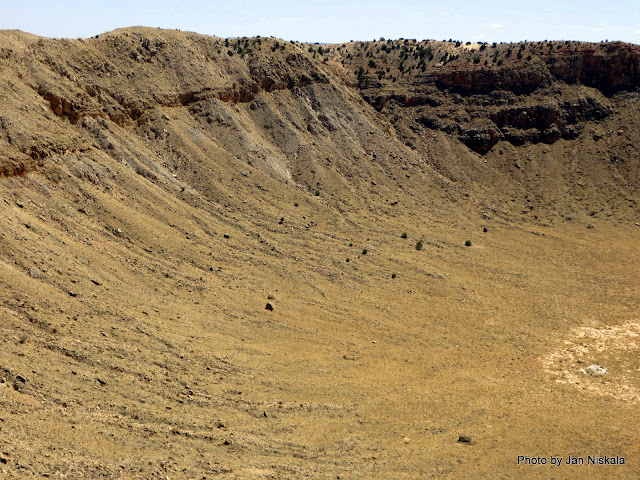National Natural Landmarks
During our wanderings around this very big and very beautiful country of ours, we have come across National Natural Landmarks. The National Natural Landmarks Program is responsible for recognizing, as well as encouraging, the conservation of potential sites that show outstanding biological and geological resources and features. Landmarks are selected for their outstanding condition, illustrative value, rarity, diversity, and value to science and education according to program guidelines and are designated by the Secretary of the Interior. These sites may be owned publicly or privately and acceptance of the designation only comes with landowner concurrence. As of 2009 we have 600 landmarks that have received the NNL designation within the United States, American Samoa, Guam, Puerto Rico, and the U.S. Virgin Islands.
So
because the sites are super interesting and sometimes really unusual we have
added them to our ‘Gypsy travel bucket list’!
We have seen a few of these
already but only by accident, you know being in the right place at the right
time and hey … there’s a National Natural Landmark! Some examples include Joshua Trees forest,
Lake Tahoe’s Emerald Bay, La Brea Tar Pits, Sonora Caverns, Palo Duron Canyon
and most recently the Barringer Meteor Crater, which is our Blog Chapter for today
Barringer
Meteor Crater is the largest impact crater yet discovered in the United States.
The impact occurred approximately 50,000 years ago from a meteor weighing
several tons and when the local climate was much cooler and damper. The area was open grassland
dotted with woodlands inhabited by mammoths and giant ground sloths.
The meteor that excavated the crater was a nickel-iron meteorite about 160 feet across. The speed of the impact has been a
subject of some debate. At first it was thought to have hit the earth at about
45,000 mph but more recently research suggests the impact was slower at
29,000 mph. It is believed that about half of the impactor's bulk was
vaporized during its descent through the atmosphere.
Since the crater's formation, the rim has lost 50–65 ft. of height due to natural erosion. Similarly, the basin of the crater is thought to have gained 100 ft. of additional post-impact sedimentation from lake sediments. These erosion processes are the reason that very few remaining craters are visible on Earth, since many have been erased by these geological processes. The relatively young age of the Barringer Meteor Crater, paired with the dry Arizona climate, has allowed this crater to remain almost unchanged since its formation. The lack of erosion that preserved the crater's shape, helped lead to this crater being the first crater recognized as an impact crater from a natural celestial body in the United States.
Here’s an interesting note: During the 1960s and 1970s, NASA astronauts trained in the crater to prepare for the Apollo missions to the Moon. Look closely and you can see a cut out of an
astronaut and an American Flag permanently placed in the Meteor Crater in honor
of the NASA Space Program.
More to come soon 💕
Jan 🌷🌷🐾🐾










No comments:
Post a Comment